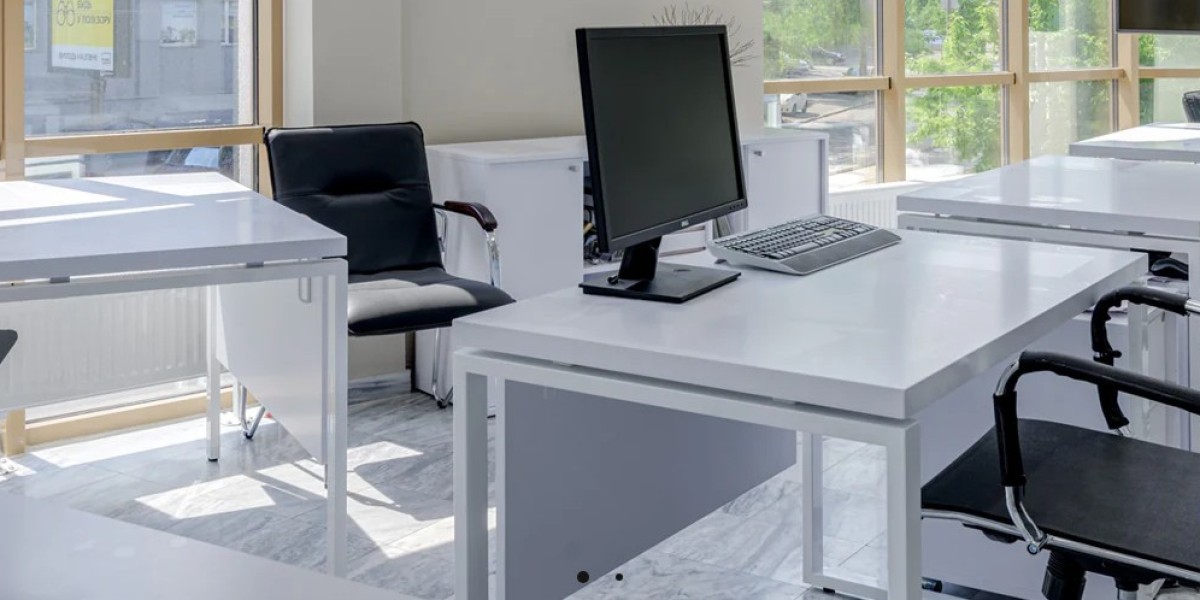The evolution of workspaces is driven by technological advancements, changing work habits, and a greater emphasis on employee well-being. As we look ahead, several key trends and innovations are shaping the future of workspaces. Here’s an in-depth look at what to expect:
1. Flexible and Hybrid Work Models
Remote Work Integration: The shift to remote work during the pandemic has demonstrated the feasibility and benefits of flexible work arrangements. Future workspaces will continue to support remote and hybrid work models, offering employees the choice to work from home, the office, or other locations.
Dynamic Office Layouts: Offices will be designed to accommodate fluctuating occupancy levels, with spaces that can be easily reconfigured for different purposes. This includes modular furniture, movable walls, and multi-purpose areas that can transition from individual workstations to collaborative zones.
Satellite Offices: Companies may establish smaller satellite offices in various locations to reduce commute times and provide employees with more convenient work options. These offices will be equipped with the same technology and resources as the main office to ensure seamless connectivity.
2. Advanced Technology Integration
Smart Workspaces: Future offices will be equipped with smart technology that enhances productivity and convenience. This includes IoT devices that automate lighting, climate control, and security systems, as well as smart desks that can adjust to the user's preferences.
Virtual and Augmented Reality: VR and AR will play a significant role in training, collaboration, and design. VR can create immersive training experiences, while AR can overlay digital information onto the physical environment to aid in tasks and presentations.
Collaboration Tools: Enhanced digital collaboration tools will become standard, offering real-time document sharing, virtual whiteboards, and advanced video conferencing capabilities. These tools will bridge the gap between in-office and remote workers, fostering better communication and teamwork.
3. Health and Wellness Focus
Biophilic Design: Incorporating elements of nature into the workspace can improve well-being and productivity. Future offices will feature more plants, natural light, and materials that mimic the natural environment to create a healthier atmosphere.
Wellness Facilities: Companies will invest in wellness facilities such as gyms, meditation rooms, and quiet spaces to support employees' physical and mental health. Providing areas for relaxation and exercise will become a standard part of office design.
Air Quality and Ventilation: Improved air quality systems and ventilation will be a priority, using advanced filtration technologies to ensure a clean and healthy indoor environment. This is particularly important in preventing the spread of illnesses and maintaining overall well-being.
4. Sustainability and Eco-Friendly Practices
Green Building Materials: The use of sustainable and recycled materials in office construction and furnishings will increase. This includes energy-efficient lighting, low-emission paints, and furniture made from reclaimed wood.
Energy Efficiency: Offices will adopt energy-efficient technologies such as solar panels, LED lighting, and smart energy management systems to reduce their carbon footprint. These measures not only benefit the environment but also lower operational costs.
Waste Reduction: Implementing comprehensive recycling and waste management programs will become standard practice. This includes reducing single-use plastics, promoting reusable products, and composting organic waste.
5. Personalized Workspaces
Customized Workstations: Employees will have the ability to personalize their workstations to suit their preferences, from adjustable desks and chairs to customizable lighting and temperature settings. This personalization enhances comfort and productivity.
Employee-Centric Design: Future office designs will prioritize the needs and preferences of employees. This includes creating a variety of work environments, such as quiet zones, collaborative areas, and social spaces, to cater to different working styles.
Data-Driven Design: Using data analytics, companies can track how spaces are used and make informed decisions to optimize office layouts and resource allocation. This ensures that the workspace evolves based on actual usage patterns and employee needs.
6. Enhanced Collaboration Spaces
Innovative Meeting Rooms: Meeting rooms will be equipped with advanced technology, such as interactive displays and AI-powered conferencing tools, to facilitate seamless collaboration. Flexible seating arrangements and acoustically treated walls will enhance the meeting experience.
Co-Working Spaces: The popularity of co-working spaces will continue to rise, offering flexible and cost-effective solutions for freelancers, startups, and remote workers. These spaces provide networking opportunities and a sense of community.
Community and Social Areas: Offices will incorporate more communal and social areas to foster a sense of community and collaboration. This includes comfortable lounges, coffee bars, and recreational spaces where employees can connect informally.
Conclusion
The future of workspaces is characterized by flexibility, technology integration, health and wellness, sustainability, personalization, and enhanced collaboration. By embracing these trends, companies can create dynamic, supportive, and efficient environments that cater to the evolving needs of their workforce. These future workspaces will not only enhance productivity but also contribute to the overall well-being and satisfaction of employees, setting the stage for long-term success.



